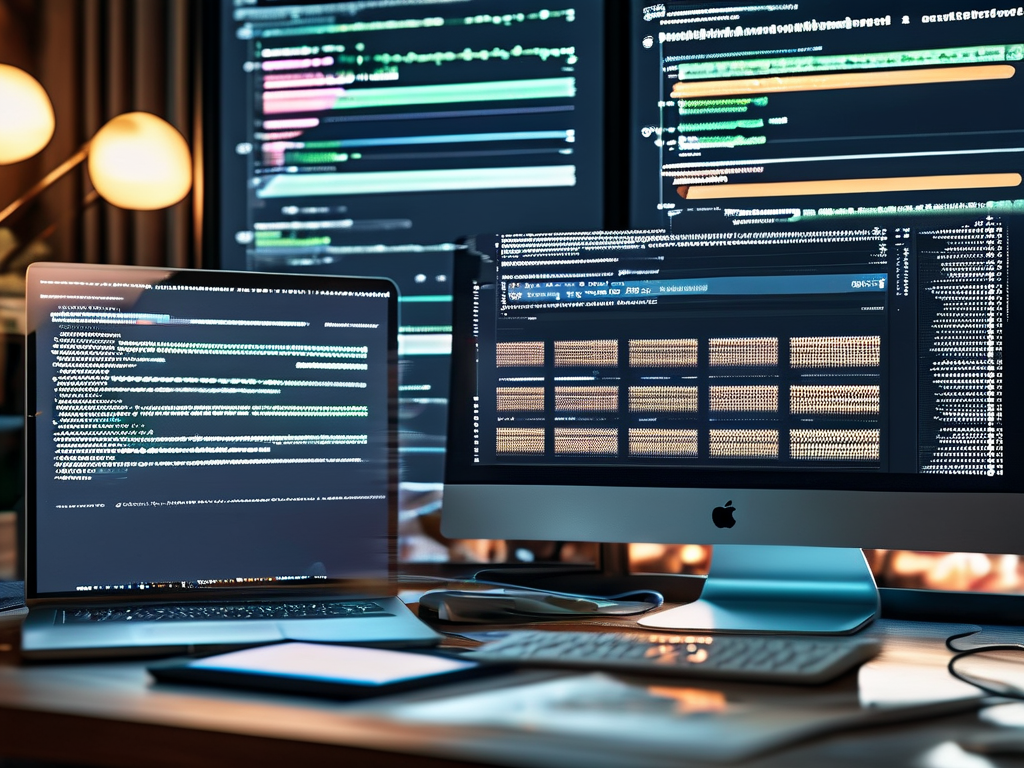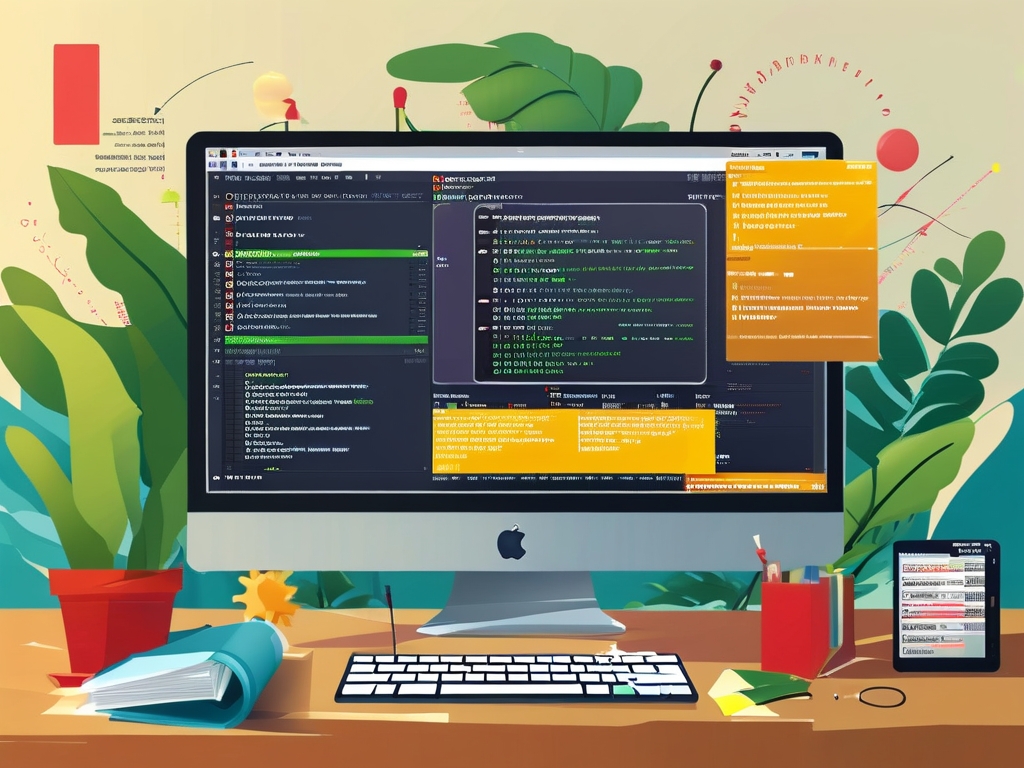Delphi7, released by Borland in 2002, remains a cornerstone in the realm of database application development, particularly for legacy systems and niche enterprise solutions. Despite the emergence of modern frameworks and languages, Delphi7's robust architecture, rapid application development (RAD) capabilities, and seamless database integration continue to make it relevant in specific engineering contexts. This article explores the core database development technologies in Delphi7 and their practical applications through real-world engineering case studies.
1. to Delphi7 and Its Database Ecosystem
Delphi7 is an object-oriented, component-based IDE that leverages the Pascal programming language. Its strength lies in its native support for database connectivity through components like TDatabase, TTable, TQuery, and TDataSource. These tools simplify interactions with relational databases such as Microsoft SQL Server, Oracle, and MySQL. Delphi7's BDE (Borland Database Engine) and ADO (ActiveX Data Objects) frameworks provide developers with flexible options for data access, catering to diverse project requirements.
The IDE's data-aware controls, such as TDBGrid and TDBEdit, enable drag-and-drop creation of user interfaces that dynamically bind to datasets. This feature significantly reduces development time, making Delphi7 ideal for prototyping and iterative development.

2. Key Database Development Technologies in Delphi7
2.1 ADO-Based Database Connectivity
ADO components in Delphi7 allow developers to connect to databases using OLE DB or ODBC drivers. The TADOConnection component manages database sessions, while TADOQuery and TADOTable execute SQL commands and retrieve datasets. ADO's compatibility with modern databases ensures Delphi7 can integrate with systems like PostgreSQL or cloud-based SQL services with minimal configuration.
2.2 BDE for Legacy System Integration
Though deprecated in newer Delphi versions, BDE remains critical for maintaining legacy applications. Its paradox and dBase drivers enable Delphi7 to handle file-based databases, which are still used in industries like healthcare and manufacturing for historical data storage.

2.3 Third-Party Component Libraries
Delphi7's extensibility through third-party libraries (e.g., DevExpress, FastReport) enhances its database capabilities. These tools add advanced reporting, data visualization, and ORM (Object-Relational Mapping) features, bridging gaps between Delphi7 and contemporary development practices.
3. Engineering Practices: Case Studies
3.1 Case Study 1: Enterprise Inventory Management System
A manufacturing firm required a customized inventory system to track raw materials across multiple warehouses. Using Delphi7's TClientDataset and TDBChart, developers built a distributed application that synchronized data via XML and generated real-time stock reports. The project highlighted Delphi7's efficiency in handling complex transactions and offline data caching.
3.2 Case Study 2: Healthcare Patient Records Portal
A hospital needed a secure, high-performance portal to manage patient records. Delphi7's dbExpress framework was used to connect to a Firebird SQL database, ensuring ACID compliance for critical transactions. Role-based access controls were implemented using TActionList and TTreeView, demonstrating Delphi7's adaptability to regulated environments.
4. Challenges and Best Practices
While Delphi7 excels in specific scenarios, developers face challenges such as declining vendor support, limited native cloud integration, and compatibility issues with 64-bit systems. Mitigation strategies include:
- Using middleware like DataSnap for modern API integration.
- Migrating BDE-dependent projects to FireDAC (via newer Delphi versions).
- Adopting hybrid architectures where Delphi7 handles core logic while modern frameworks manage frontend/cloud layers.
5. Delphi7 in the Modern Development Landscape
Delphi7's legacy is sustained by its unparalleled speed in desktop application development and its low-resource footprint. Organizations maintaining legacy systems or operating in resource-constrained environments (e.g., industrial control systems) still rely on Delphi7 for stability. Furthermore, its codebase can be partially migrated to modern Delphi editions, ensuring long-term sustainability.
6.
Delphi7's database development tools, combined with its RAD philosophy, offer a pragmatic solution for specific engineering challenges. While not a universal choice in today's polyglot tech ecosystem, its niche in legacy system maintenance and rapid prototyping ensures its enduring relevance. By integrating third-party tools and adopting hybrid architectures, developers can continue to harness Delphi7's strengths while navigating its limitations.
In summary, Delphi7 embodies the adage "old but gold," proving that mature technologies can coexist with modern paradigms when applied thoughtfully.









